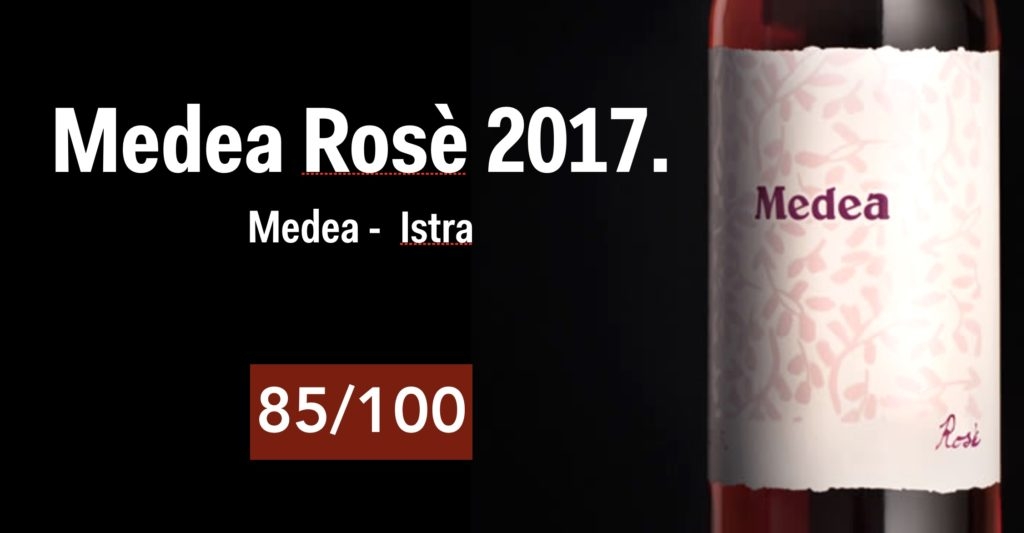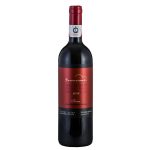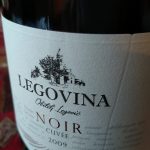Teran could be the key of success of Istrian pink wines. The new Medea Rosé holds 50 percent Teran and 10 percent of Refošk. The rest of the cuvee are Merlot and Cabernet Sauvignon with 20 percent each. Earlier rosés gave Merlot more space, which made the wine softer and slightly old fashioned, and supposedly it lost freshness sooner (which we cannot confirm as we always had them on the first summer after the harvest). In any case, Medea’s Rosé from 2017 is notably stiffer and a somewhat more aggressive wine than its predecessors. Almost brose.
The acidity of the Teran and Refošk is felt already in the first taste with fine countering of fruit sweetness, so the wine which seems not completely dry, leaves a much drier impression than most other domestic rosés form 2017 we’ve tasted so far. The aroma profile is also interesting and slightly atypical: instead of the common garden strawberries and raspberries, the nose feels slightly different nuances of berry fruit, including cranberries, forest strawberries, currant and blackberries. Aromas also seem vibrant and slightly aggressive, which is exceptionally important.
There isn’t a worse rosé than one reminiscent of a fruit juice. Many domestic producers are still stuck in this frame of pink wine design, from which luckily Medea has notably moved away from. Medea’s 2017 rosé is easily drinkable, so an entire bottle was spent in 45 minutes last night during a thunderstorm in Zagreb. It is, definitely, a precise summer wine, showing again Medea knows how to shape a good, commercial and authentic products at a widely acceptable price.
From the few bites we took from the fridge, Medea’s rosé went best with Gligora’s Kolan cow cheese, which made the wine even fresher. Speaking generally, besides as an aperitif, we would order this rosé with salads such as Nicoise, with a whole line of dishes from young peas, broad beans and young carrots or with lighter, less spicy salami and sausages.
Translated from Plava Kamenica, for the original click here.











